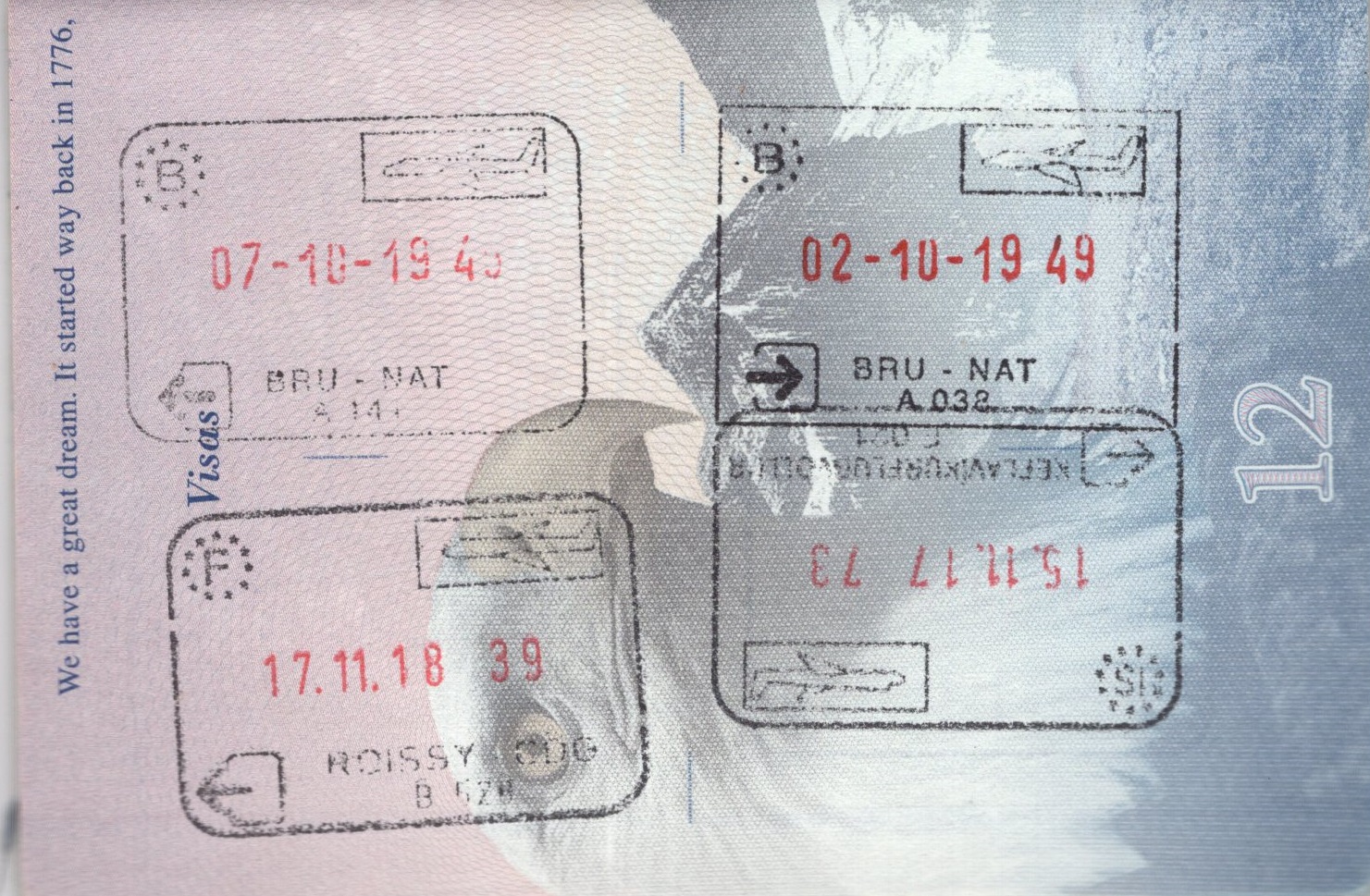Over the last several weeks I have received questions from Americans wondering if they should start making plans to travel to Europe. My advice: Perhaps plan for a trip this fall; but understand that even this is iffy. Be prepared for disappointment, and make sure you can cancel your plans without penalty.
Presently, the 27 EU member countries are starting to re-open their borders with their EU neighbors; but it is on a patchwork basis. (Much like each state in the U.S. implemented different policies.) Remember that in late February / early March European countries began closing their borders when it became apparent that certain countries—Italy being the poster child—were experiencing uncontrolled disease transmission. For reference sake, I have included statistics of the most-impacted EU countries, the UK (no longer an EU country) and the USA below. However, one should remember that, as in the USA, different regions of each country were hit differently, and this data can be easily found on the internet:
| Country | Cases | Deaths | Cases per 100,000 | Deaths per 100,000 |
| UK | 290,143 | 41,128 | 436.4 (4) | 61.9 (2) |
| Spain | 242,280 | 27,136 | 518.5 (2) | 58.1 (3) |
| Italy | 235,763 | 34,114 | 390.1 (5) | 56.5 (4) |
| Germany | 185,416 | 8,755 | 223.6 (8) | 10.6 (8) |
| France | 155,136 | 29,319 | 231.6 (7) | 43.8 (6) |
| Belgium | 59,569 | 9,629 | 521.5 (1) | 84.3 (1) |
| Netherlands | 48,087 | 6,042 | 279.1 (6) | 35.1 (7) |
| Sweden | 46,814 | 4,795 | 459.7 (3) | 47.1 (5) |
| United States | 2,048,913 | 114,833 | 580.3 (NA) | 33.5 (NA) |
According to a U.S. News report dated 11 June, “The EU’s executive arm, The European Commission, wants the EU’s ID check-free travel area to be up and running again by the end of June. Once that has happened, a ban on nonessential travel to the continent can also gradually be eased.” However, it appears that individual countries are moving to open their borders to other EU citizens, but at different paces, and some remain reluctant to do so entirely. The EU goal is that borderless travel between the 27 countries will be in place by the end of June 2020.
This does not mean that tourists from the USA will be welcomed on 1 July. Articles suggest that the EU, as a group, will then gradually re-open borders; with disease transmission rates likely playing a major role in the easing of travel bans. (The U.S. News article suggests that “Foreign students, non-EU nationals who normally live in Europe and certain highly skilled workers could be exempt from the coronavirus restrictions from then on.) My hunch is that U.S. incident rates, coupled with the current U.S. ban on EU visitors, could put the USA low on the re-open list. Another reality could be a fourteen-day self-quarantine period for American travelers when the ban is initially lifted.
Readers must also consider the potential of border closings or activity restrictions at any time in the event of regional flare-ups; and you must understand that this can occur even within a country. France, for example, is tracking incident rates in each of its 101 Departments using a color-coded map. If rates hit a certain level, additional restrictions will be put in place in that Department / region. This could include closure of museums, restaurants and hotels.
For those who are itching to get “over there” in 2020, my advice would be to start following the news for the countries you plan to visit. A good place to start is the State Department website: https://travel.state.gov/content/travel/en/traveladvisories/COVID-19-Country-Specific-Information.html. That site contains a link to State Department / Embassy information from each country, which includes links to that country’s key websites and English-language press sites. Country and regional Covid websites, tourist websites, major newspapers, etc. can be additional sources of useful information. Start tracking now, so you have an idea of what is happening in your target countries.
You will need to maintain maximum travel flexibility and ensure that you can cancel your travel plans without any cash penalty. Otherwise, you could be out a few hundred dollars, or more.
My wife and I are hoping to travel to Europe in mid-October, when there is still a decent chance of good weather. However, preparing for this article has made it clear to me that the stars must align for this to happen. A safer path would be to plan to travel in 2021—after we’ve had a chance to see what happens during the typical winter flu season and after we’ve had more time to find a vaccine. But we’re still hoping to get knee deep into history this year!
#kneedeepintohistory #meuseargonne #battlefieldtours #ww1tours #ww2tours

Leave a Reply